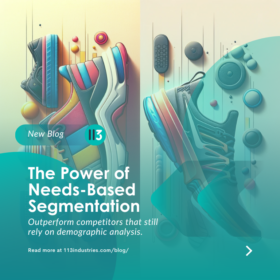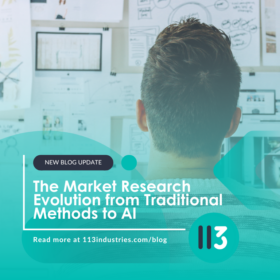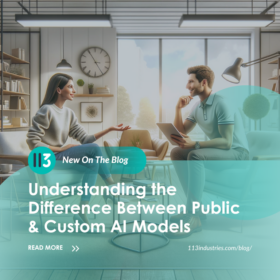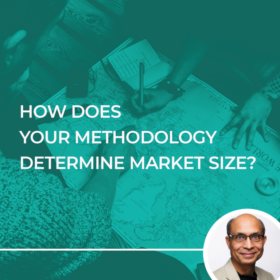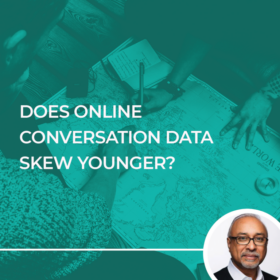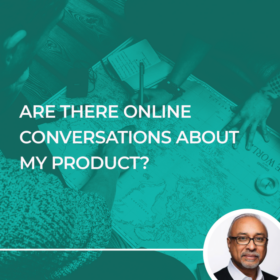113 Industries is committed to comprehending the multifaceted realm of consumer behavior, employing advanced research methodologies to unlock its intricacies. In this exploration, we prioritize three key areas that hold immense value for our AI partners: Understanding Consumers’ Emotional Journey, Identifying Sensory Needs for Consumer Packaged Goods (CPG), and Predicting Future Trends.
While these represent popular examples of research topics, they do not fully encapsulate our research capabilities. Over the past nine years, our team has completed 221 market research projects spanning a diverse range of industries, products, services, and cultures.
Using Social Media Data For Market Research:
In an era dominated by social media, exploring how publicly available platforms like X (formerly known as Twitter), Reddit, YouTube, and Facebook shape consumer choices is imperative. Researching the pull of influencers, user-generated content, and social proof on purchasing decisions provides the businesses we work for with valuable insights necessary for branding, innovation, marketing, and strategy.
The social data we source provides a treasure trove of real-time information about consumer preferences, behaviors, and purchasing habits. According to a 2019 study by Mckinsey, nearly 40% of adult Gen Zers (18-23) say purchases are influenced by social media.
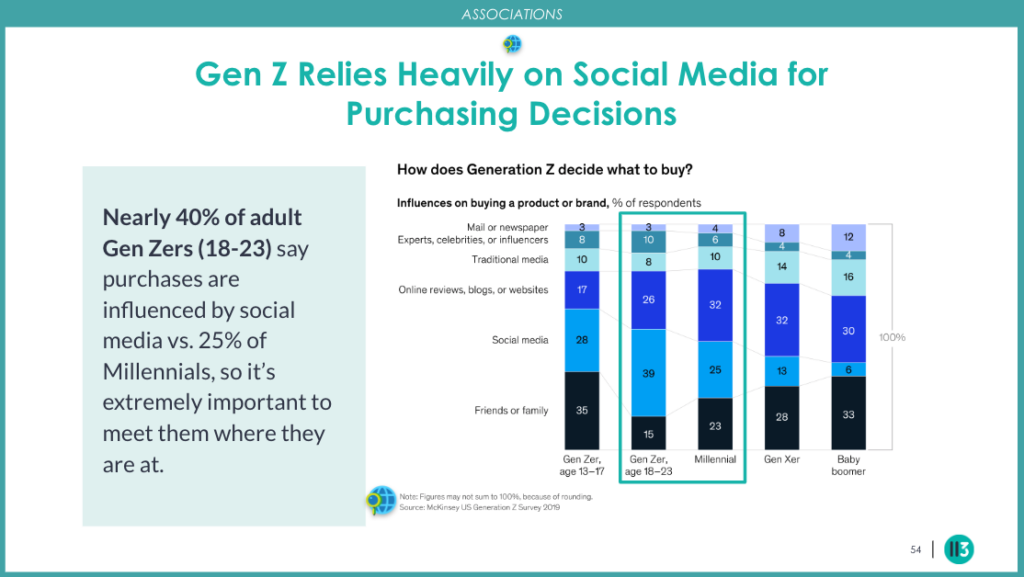
That’s why our co-founder Anupam Singh and his team of developers created Jacquard AI, a completely custom and propriety software that provides our team with a differentiated approach to analyzing this rich source of data. With this innovative tool, we embark on a collaborative journey towards deeper consumer understanding, inspiring revolutionary ideas.
Understanding Consumers’ Emotional Journey:
Emotions play a significant role in shaping consumer behavior. Research into how different emotions impact decision-making processes uncovers opportunities for businesses to connect with consumers on a deeper level.
Global Fortune 500 companies frequently enlist our services when sentiment reports from social listening platforms fail to provide the depth needed for high-stakes decision-making. While social listening software can grasp positive and negative sentiment at a superficial level, they struggle with understanding nuanced or context-dependent emotional expressions. For example, traditional sentiment analysis may misinterpret sarcasm, irony, or subtle linguistic cues, leading to inaccurate outputs.
At 113 Industries, we delve into the emotional journey of consumers throughout their purchasing process with a custom-built AI model trained to identify 25 emotions. By deciphering the emotional triggers that lead to a buying decision, businesses can develop strategies to evoke relevant and relatable emotions in their target audience, fostering the brand loyalty needed for repeat purchases.
Identifying Sensory Needs for CPG Products:
Research topics for CPG companies are typically motivated by their desire to understand consumers’ sensory preferences and enhance product innovation. Some recent examples of sensory components we’ve studied include taste expectations for breakfast breads, texture preferences for mouthwash, product packaging hierarchy for over-the-counter medication, and mouthfeel for non-alcoholic beer.

By studying these sensory components, CPG companies aim to create products that appeal to consumers’ senses, meet their expectations, and deliver a pleasing sensory experience, ultimately driving consumer satisfaction.
Predicting Future Trends:
While a wide variety of our partners engage in research projects aimed at predicting future trends, the healthcare and pharmaceutical sectors have particularly leveraged this capability. For example, a leading healthcare system tasked us with identifying the ways future patients want to navigate and receive healthcare, enabling the modification of current services to meet those evolving needs.
During this study we discovered that unmet needs in existing healthcare systems are driving consumers to compensate with technology. We anticipate a continued upward trend in the integration of wearable health tracking products, such as the Oura Ring, especially as Gen Z patients gain prominence in the healthcare market.
Conclusion: At 113 Industries, we believe that unraveling the intricacies of consumer behavior is an ongoing journey that requires continuous exploration and adaptation. The popular research topic examples highlighted above provide a glimpse into the broad and ever-evolving landscape of consumer behavior. By investing in these topics, businesses can gain a competitive edge, foster stronger connections with their consumers, and navigate dynamic markets with confidence. As we continue pushing the boundaries of consumer behavior research with custom AI modeling, we look forward to uncovering new insights that drive revenue through consumer-centric brand, marketing, and product innovation.
If you have a research topic you’re interested in exploring, don’t hesitate to get in touch. We’re excited to demonstrate how our proprietary AI software can help you achieve your objectives.
